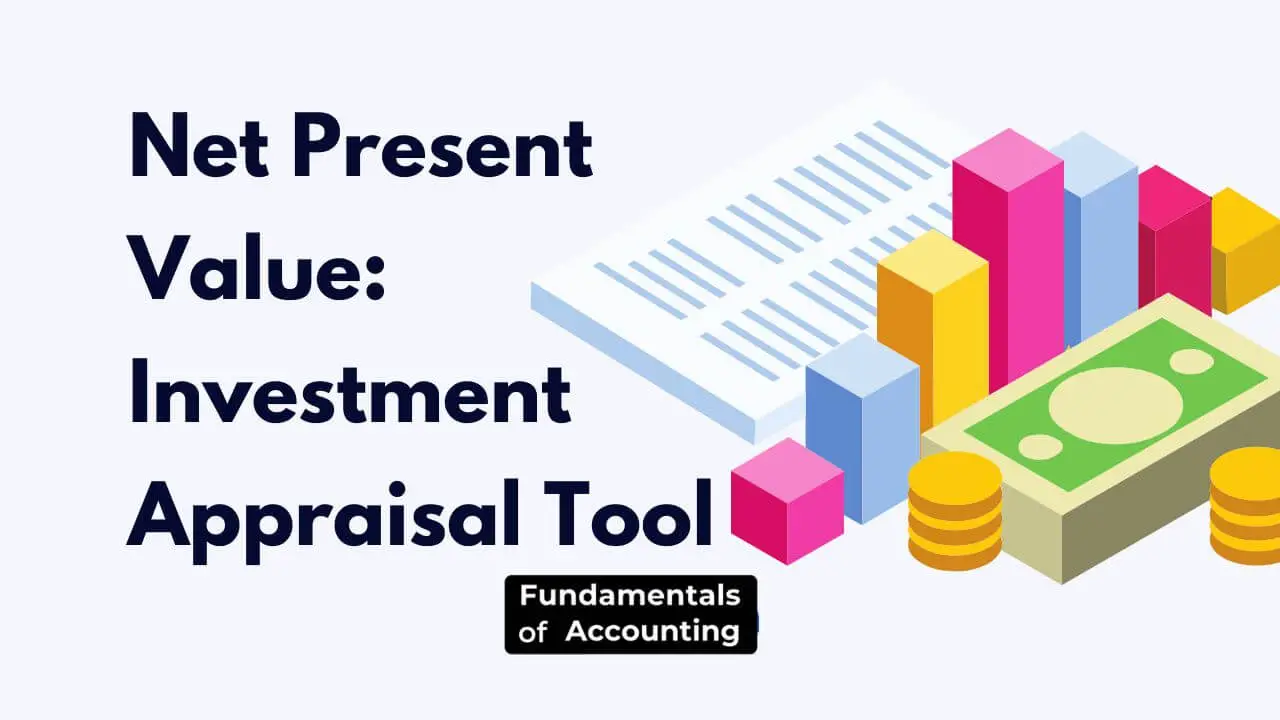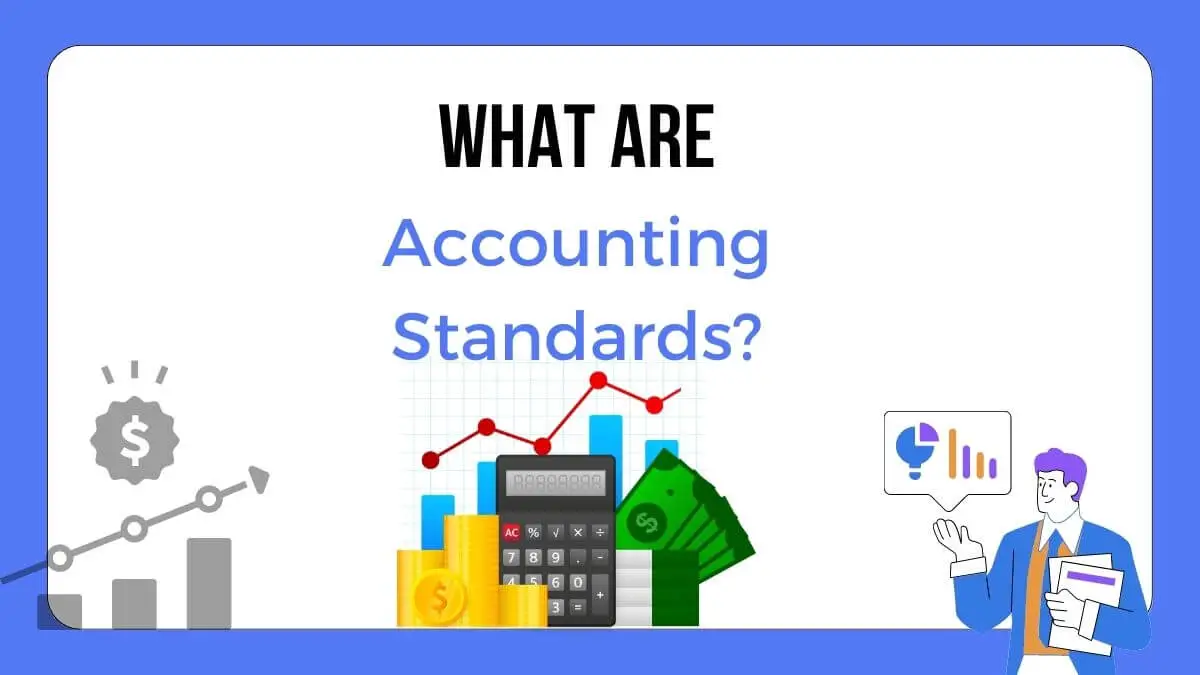What is Material Cost Variance in Costing?

Material Cost Variance is the difference between the standard cost of the material allowed for the output and the actual cost of the material used. ICMS has defined MCV as the difference between the standard direct material cost of actual production volume and the actual cost of direct material. It is the aggregate of material […]
Choosing the Best Accounting Books for Students

Some of the best accounting books that you can buy are books that will provide an overview and explain the basic concepts of the subject, such as the basics of business. These books also contain very valuable information on financial statements, bookkeeping, budgeting and business management. Many of the available books are also excellent resources […]
What is variance analysis and its usefulness?

Variance refers to the difference between the standard and actual variables. For example, you can calculate the selling price variance to find the difference between the actual and standard selling prices. In cost accounting, variance analysis is a technique for ascertaining the causes of differences in the budgeted and actual outputs. There are 2 types […]
Net Present Value: Investment Appraisal Tool

What is the Net Present Value Method? Net present value is the total value of the expected future cash flows for a project or investment and deducts a return that the cash is expected to earn. Net Present Value (NPV) is one of the most used techniques of capital investment appraisal. Net Present Value Explained […]
What are Accounting Standards? | Benefits and Limitations

Accounting standards are a set of principles, rules and guidelines that companies must follow when preparing and presenting financial statements. In simple terms, accounting standards are the written documents issued by the expert institutes or other regulatory bodies covering various aspects of treatment, measurement, presentation and disclosure of accounting transactions. The basic objective of ASs […]
The concept of accruals and prepayments

Accruals and prepayments stand on the basis of the double-entry bookkeeping system and modern financial accounting. Accruals/Prepayments The accruals concept is often used to refer to both accruals (outstanding or unpaid expenses) and prepayments (payments in advance) (payments in advance). You may recall that previously in this section, we examined some of the accounting principles […]
What is Financial Performance Measurement?

Financial Performance Measurement Financial performance measurement, also known as financial statement analysis, employs all available tools to demonstrate how essential things in a company’s financial statements are related to the company’s financial objectives. Individuals that have a significant interest in measuring a company’s financial success fall into this category. Separated into two categories: 1. A […]
What Are the Limitations of Absorption Costing?

The term “absorption costing” refers to a method of inventory costing that treats all direct and indirect manufacturing costs as inventory costs. This method can be defined as “the method that includes all direct manufacturing costs and all indirect manufacturing costs as inventory costs.” Despite having several advantages in cost and management accounting, the following […]
What is a Budget Manual? – Meaning and definition

A budget manual outlines the policies, procedures, timelines, and responsibilities related to the budgeting process within an organisation. It serves as a reference tool for all individuals involved in the budgeting process, helping to clarify expectations, roles, and requirements. CIMA London defines a budget manual as a document schedule or booklet which sets out, inter […]
What Are Direct Material Cost Variances?

Direct material cost variance refers to the difference between direct materials’ actual and standard costs. It is calculated using actual output. Direct material cost variance is important for cost control and profitability analysis in manufacturing companies. It can be used to assess the effectiveness of purchasing strategies and identify potential cost savings opportunities. Reasons for […]
